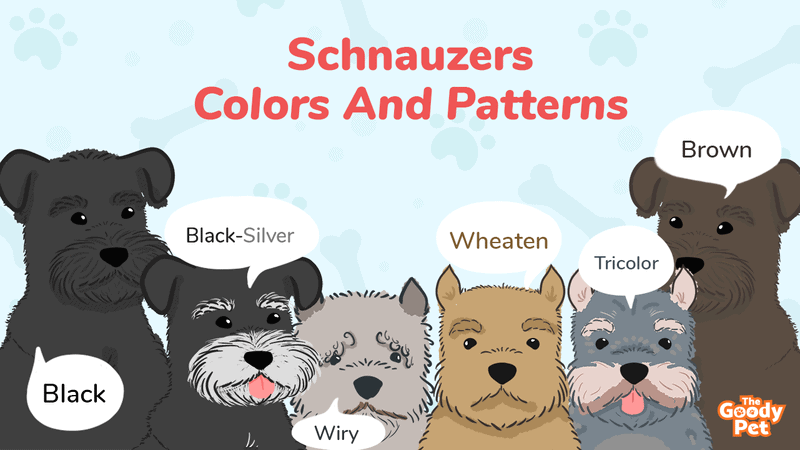Schnauzers are the kind of dog that you will either look at and cringe or applaud for looking super different and cool. There really is no in-between with these doggies and their unique aesthetic.
Schnauzers can come in common colors like brown, white and wheaten, as well as the rarer beautiful tricolor coat of black, white and tan. Some of these signature Schnauzer coat color combinations are even given names like the Salt & Pepper Schnauzers. Schnauzers also come in various coat patterns like those brindle and merle Schnauzers, bearing different hair characteristics like the wiry coated, mega coated and super coated Schnauzers.
15. Brindle Schnauzers
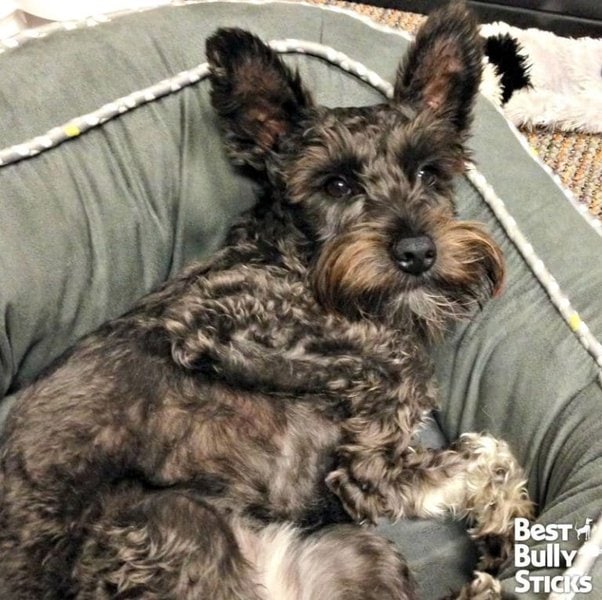
Brindle Schnauzers have black stripes on lighter colored coats. More often than not, the lighter color is a shade of brown like tan.
The stripes are not always distinct in all Schnauzers or in all parts of the brindle Schnauzer’s body. In some cases, all you will see are linear patches of black fur interrupting a tan brown base coat.
It is also common to have white markings on the face, neck, chest, and paws of brindle Schnauzers. Fortunately, this beautiful aesthetic is not associated with specific serious genetic illnesses.
14. Merle Schnauzers
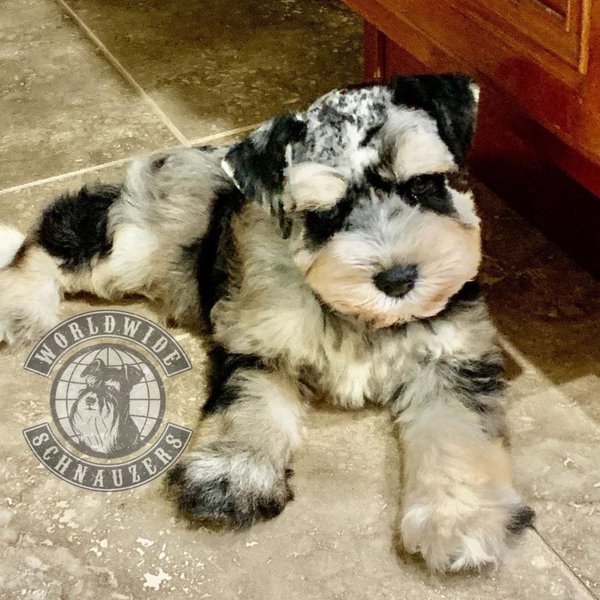
Merle Schnauzers are characterized by the presence of irregular dark spots of different shapes and sizes. These mottled spots appear over a white or off-white base coat.
The spots are larger and irregular in some parts of the body while other parts like the head may have smaller and better defined spots.
Something important to note about merle Schnauzers is that the Merle gene responsible for the characteristic sometimes affects vision and hearing.
13. Black Schnauzers
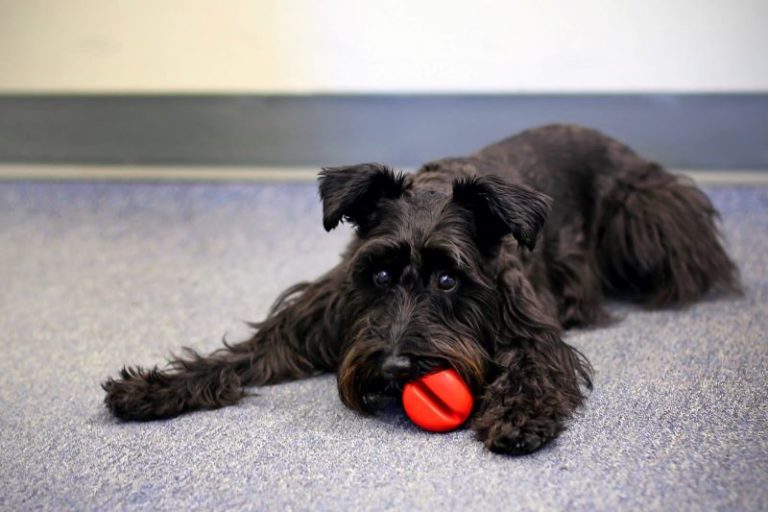
Pure, solid black is one of the most common standard coat variations of the Schnauzer dog breed. It is particularly common in giant Schnauzers whose only other recognized variation is the salt and pepper.
With the miniature and standard Schnauzers, black is only relatively common as there many other color options.
The genes responsible for the black coat in black Schnauzers are dominant which means that just one black Schnauzer may be enough to produce a black Schnauzer puppy.
12. White Schnauzers
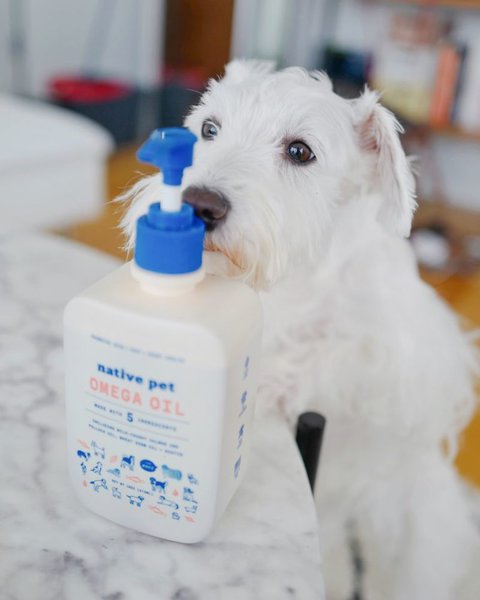
White Schnauzers typically have all-white coats but may have brown or black fur mainly on the snout “beard”. Most white Schnauzers have pigmented noses and eyes. However, with albinism the Schnauzer will have a pink nose and may have light blue or gray eyes.
Leucistic white Schnauzers may not be the most common variation but they are not nearly as rare as some unscrupulous sellers try to market them as. However, pure white, albino Schnauzers are actually super rare.
11. Salt & Pepper Schnauzers

Salt and pepper Schnauzers are among the most common and popular variations of the Schnauzer dog breed. They are particularly popular with miniature and standard Schnauzers.
The coat consists of an interesting mix of white, silver, gray, and black fur. Most of this indistinguishable mix is on the torso and limbs. This gives the dog the appearance of ash or a mix of salt and pepper, thus the name.
The face and ears of a salt and pepper Schnauzer may have patches of solid, single colors like black.
10. Black & Silver Schnauzers
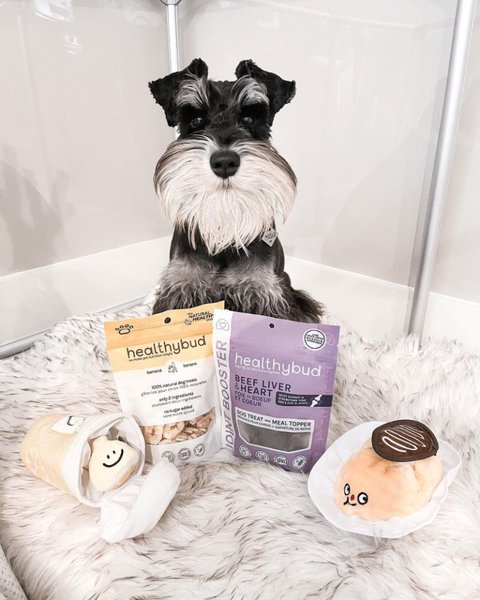
Black and silver Schnauzers are unique among bicolor Schnauzers. Despite the two colors being somewhat close in shades, there is a very sharp contrast between the silver and black parts. This is why black and silver Schnauzers are sometimes referred to as Phantom Schnauzers.
In some black and silver Schnauzers, there may be white markings. These usually appear on the withers on the Schnauzer’s snout but may also appear on the chest and paws.
9. Wheaten Schnauzers
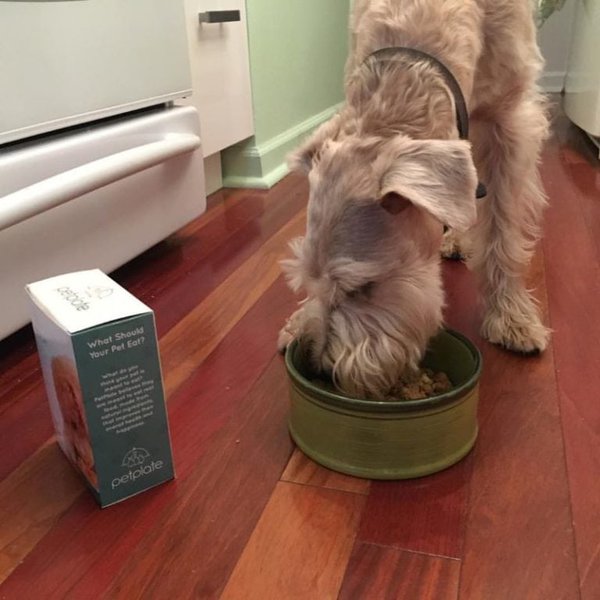
The wheaten Schnauzer can best be described as the Golden Retriever version of a Schnauzer dog. They have a bright shade of brown fur which ranges from golden brown to a beautiful, pale yellow.
Other than a few patches of wheaten fur that are lighter than others, there are no markings on an all wheaten Schnauzer.
Wheaten Schnauzers can be any size but the trait is most popular with the miniature Schnauzer variety.
8. Wheaten & White Schnauzers
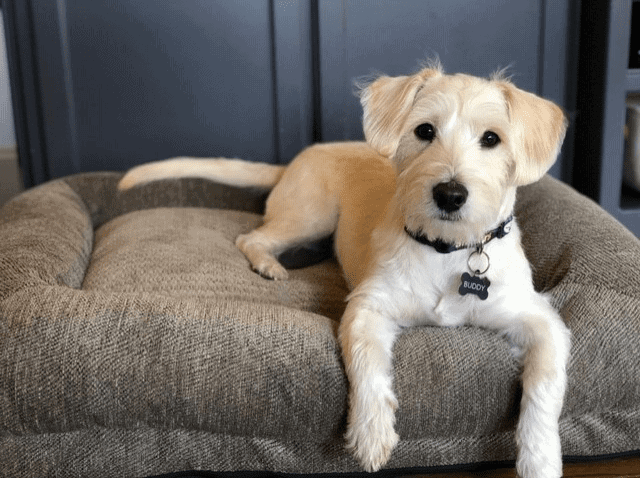
Wheaten and white Schnauzers are a bicolor variation of the Schnauzer dog breed that have a pale yellow shade of brown as the main coat color. This wheaten fur covers most of the body especially upper surfaces like the back, top of the head, and the tail.
The white fur serves as markings mainly on lower surfaces of the body including the neck, chest, and limbs. The extent of the markings varies from one Schnauzer to another.
Some Schnauzers have extensive white markings while others have barely visible spots that seem to blend in with the already bright wheaten fur.
7. Brown Schnauzers
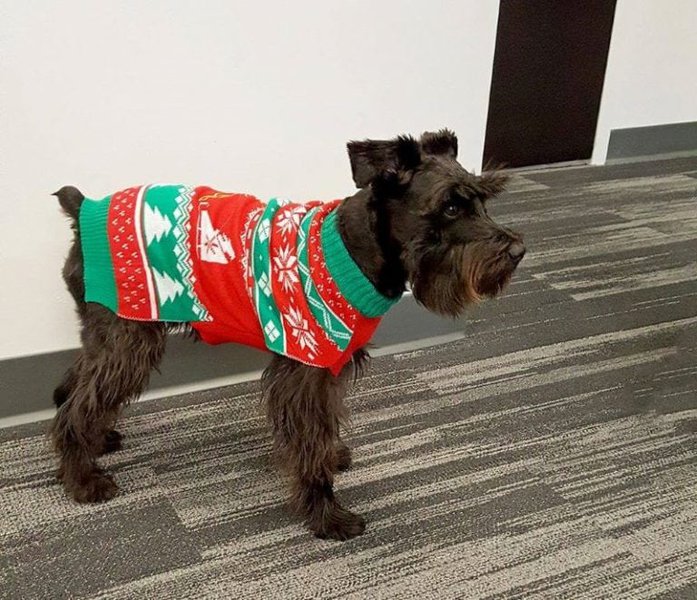
Brown Schnauzers are among the most common variations among Schnauzers regardless of the size category. They have all-brown fur that varies in shades from dark chocolate or liver shades to lighter, earthy tones.
The brown Schnauzer may also have lighter brown patches that appear almost tan on the muzzle and paws. As long as it is not black or white fur, the Schnauzer is considered an all body brown variation of the dog breed.
6. Brown & White Schnauzers
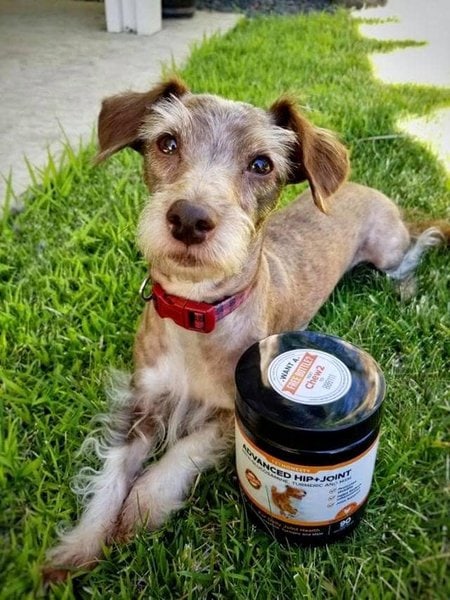
Brown and white Schnauzers are a unique variation not only within the Schnauzer dog breed but when compared to other brown and white dog varieties. This is because there is never one dominant color.
In some brown and white Schnauzers, brown is the main color with white markings on the face, chest, and limbs. In others, white appears more dominant with brown patches anywhere on the body but usually on the face and ears.
5. Silver Schnauzers
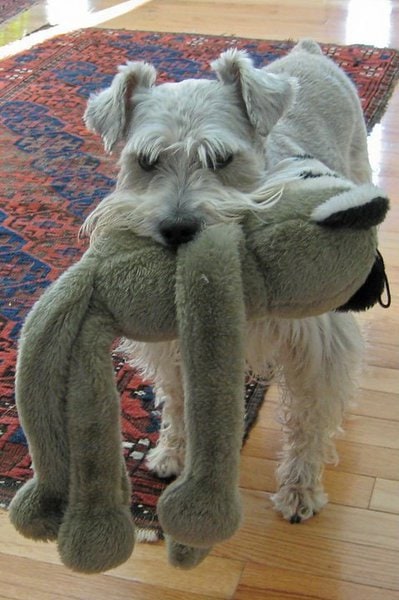
Silver Schnauzer has a powdery ash-like coat. This unique color develops as a result of dilution of the black coat gene. The resulting watered down coat varies in shade from dark gray to a bright and somewhat shiny silver shade.
Most silver Schnauzers are all silver. However, they may have some lighter patches of fur especially over the snout and on the paws. However, if there are definite white patches, the Schnauzer is considered a silver and white variation.
4. Silver & White Schnauzers

The silver and white Schnauzer has a mainly silver coat which covers the back of the torso, most of the tail and limbs, and the head. The silver shade is a severely diluted variation of black that occurs when dilution genes occur in Schnauzers that have black fur genes.
This gives the silver part a pale and watered-down quality. The rest of the fur is bright white or off-white depending on genetics, age, and the health of the coat.
3. Tricolor Schnauzers
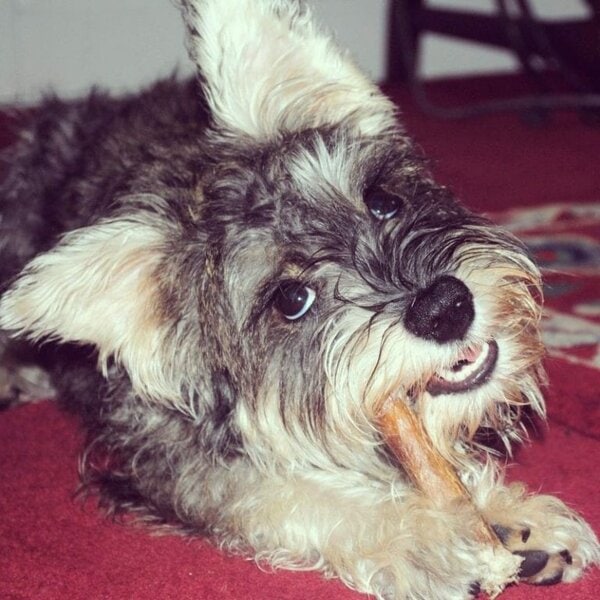
Tricolor Schnauzers are pretty much salt and pepper Schnauzers with tan markings. The tan fur mostly appears on the paws or around the muzzle.
The rest of the Schnauzer’s body will be salt and pepper in color. There may be patches where the fur is all black or all white especially on the face and chest areas.
Tricolor Schnauzers are considered relatively rare and the trait can be found mainly in standard and miniature.
2. Mega coated & Super coated Schnauzers
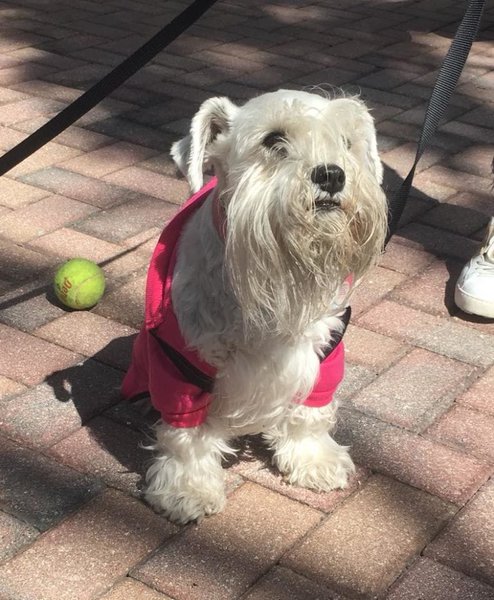
Supercoat Schnauzers have long, soft, and silky fur that is moderately thick. Mega-supercoat Schnauzers have a similar length and texture but are significantly thicker even with regular trimming.
The fur on megacoat and supercoat Schnauzers is usually slightly wavy or curly especially over the face, limbs and tail.
Megacoat and supercoat Schnauzers are rarer than the wiry kind. They are also often disqualified in some, but not all, dog shows as they are not considered a standard variation.
1. Wiry Coated Schnauzers
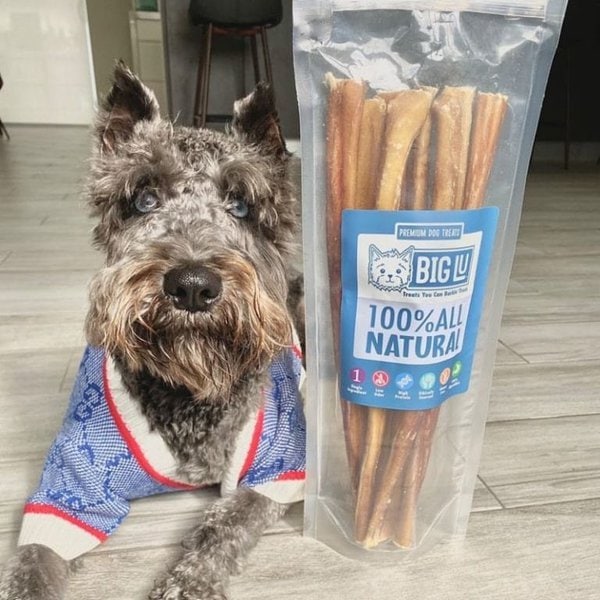
The wiry coat trait is what both the American Kennel Club and the show circles have considered to be the standard Schnauzer coat. Standard in this case means acceptable and is not a reference to the standard Schnauzer dog.
The coat on a wiry coat Schnauzer is short, dense, and very curly or wavy. The fur itself is slightly coarse to the touch and should never be smooth or silky in consistency or appearance.
Related Questions
What Is A Parti Colored Schnauzer? A parti colored Schnauzer is one where the main dark coat color is interrupted by patches of white fur. These patches may either be large or small but always have regular markings. This is different from other Schnauzers where white markings are limited to regions like the neck, chest, limbs, and paws.
Why Do Schnauzers Change Color? Schnauzer coats change color for several reasons. These reasons include:
- Old age
- Genetics
- Skin or coat illnesses
- Grooming including trimming
- Hair loss and regrowth
With so many potential causes of color change in Schnauzer, there is no particular pattern of change. Some Schnauzers get darker, others get lighter while others develop or lose some shades.
Why Do Black Schnauzers Turn Gray? Black Schnauzers mostly turn gray due to old age. This affects Schnauzers of all colors including all-black. However, when the graying occurs and the intensity varies from one Schnauzer to another due to genetic predisposition. For varieties of the Schnauzer like salt and pepper Schnauzers, the graying and fading may occur as early as during the puppy years.

